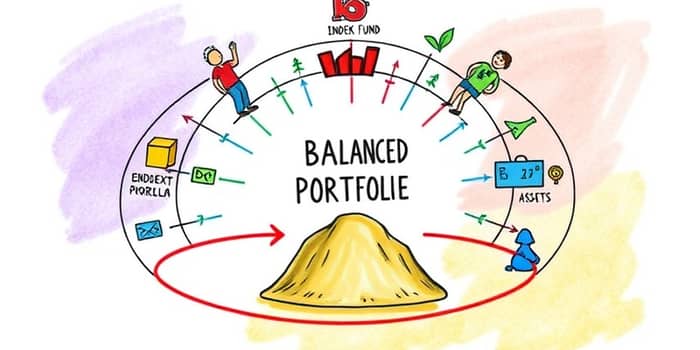
In today’s fast-paced financial world, investors crave both stability and opportunity. The core-satellite strategy delivers just that, melding a sturdy foundation with agile growth prospects. By understanding how to balance these elements, you can craft a portfolio that withstands market turbulence while pursuing outperformance.
Whether you’re just starting out or refining a seasoned portfolio, this approach offers consistent and market-aligned performance alongside the freedom to chase emerging trends. Dive in to learn why so many advisors and individual investors are embracing this powerful technique.
The core-satellite strategy partitions investments into two distinct buckets: a large, stable core and a smaller, high-potential satellite. This structure marries passive, low-cost holdings with active, opportunistic bets.
The low-cost, passively managed investments that form the core often include index funds or ETFs tracking broad benchmarks like the S&P 500 or total bond markets. These positions aim to mirror market returns, minimize fees, and reduce portfolio churn.
Satellite positions, by contrast, make up a smaller slice. They may encompass sector-specific ETFs, emerging-market equities, individual stocks, or alternative assets. Their purpose is to capture specific market opportunities and pursue alpha beyond the core’s steady returns.
Implementing a core-satellite allocation can yield multiple advantages for the thoughtful investor:
While allocations should align with individual goals, risk tolerances, and time horizons, common guidelines include:
For risk-averse individuals, a 70%–90% core allocation is typical. Growth-oriented investors might tilt toward a 50% core and a 50% satellite mix, taking on more active risk.
Follow these six practical steps to deploy the core-satellite strategy effectively:
Rebalancing is the bedrock of disciplined portfolio management. Without it, high-performing satellites can balloon and skew your risk profile. By setting defined thresholds or calendar triggers, you can perform regular monitoring and rebalancing to preserve your plan.
Consider a semiannual review to evaluate both core and satellite performance. When satellites outperform, harvest gains or trim positions; when they underperform, assess whether to replace them or adjust exposure.
Unlike all-passive or all-active strategies, the core-satellite model is dynamic tactical asset allocation in action. Your core remains a reliable anchor while satellite positions can be rotated, added, or removed based on shifting market landscapes.
This dual approach lets you pursue long-term compounding through the core while maintaining the agility to act on short-term themes—whether that’s the rise of clean energy, shifts in consumer behavior, or temporary market dislocations.
A successful core-satellite portfolio requires attention to detail. Be mindful of these potential missteps:
Imagine a 35-year-old professional saving for retirement with a 30-year horizon. They might allocate:
Over time, if the technology ETF surges, it could grow to 25% of the portfolio. A disciplined rebalance would trim it back to 20% and redeploy gains into the core, realigning the risk-return profile.
The core-satellite strategy offers a powerful blend of steady foundation with the latitude to pursue growth. It has garnered widespread adoption among advisors and DIY investors alike because it strikes a balance between passive stability and active opportunity.
By defining clear objectives, constructing a robust core, and selectively adding satellites, you can build a resilient, adaptable portfolio. Through consistent discipline and thoughtful adjustments, this approach can help you navigate uncertainty and harness market potential, all while staying true to your long-term vision.
References













